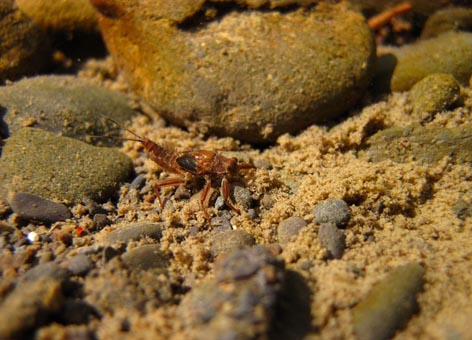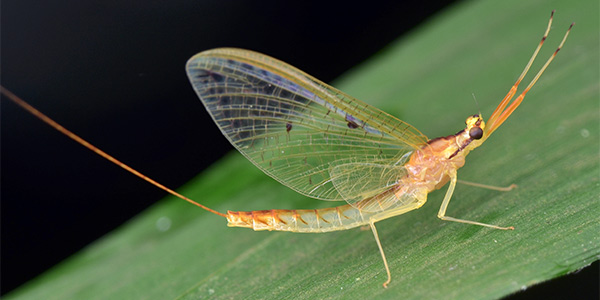| Categories: |
|---|
Estimated reading time: 2 minutes
The Clean Water Act (CWA) declares it is the national goal of water quality to provide for the protection and propagation of fish, shellfish, and wildlife and provide for recreation in and on the water.
The US Environmental Protection Agency’s(EPA) historic approach is developing a national chemical criterion for chemical elements.
There are so many differences in aquatic ecosystems across the US that a more pragmatic approach uses the aquatic biota – benthic macroinvertebrates – to quantify local community’s variability and response to anthropogenic activities. Aquatic biota are reliable indicators of ambient water quality, unlike concentrations of chemical elements.
The EPA considers aquatic life to be the highest and best use of water; the use most sensitive to anthropogenic disturbance. Aquatic biota exist in their abiotic environment as natural ecosystems, so they summarize complex ecosystems and inherent natural variability as well as anthropogenic effects that alter the ecosystem.
When aquatic biota are collected the method used always has a bias. Nets with large openings allow small individuals to pass through; nets with small openings cause water to back up, pushing larger individuals out of the net. Many macroinvertebrates move very quickly and escape capture. Therefore, the collection is not a statistically-valid sample, but who represent the composition of the community.
<~-! more –>
Compositional data analysis (CoDA) was first applied to geochemical data, then to economic and political data. It is highly appropriate for environmen- tal data, particularly when biota are the variables of interest. This article explains why the traditional structural (taxonomic) approach to characterizing benthic macroinvertebrate communities and assessing change fails, and describes the use of CoDA applied to functional feeding groups as a more technically sound and legally defensible method. Data were collected from Burns Creek in the southern Independence Moun-
This work was originally published on the Applied Ecosystem Services, LLC web site at https://www.appl-ecosys.com/blog/mining-reclamation/
It is offered under the terms of the Creative Commons Attribution-NonCommercial-NoDerivatives 4.0 International license. In short, you may copy and redistribute the material in any medium or format as long as you credit Dr. Richard Shepard as the author. You may not use the material for commercial purposes, and you may not distribute modified versions.

